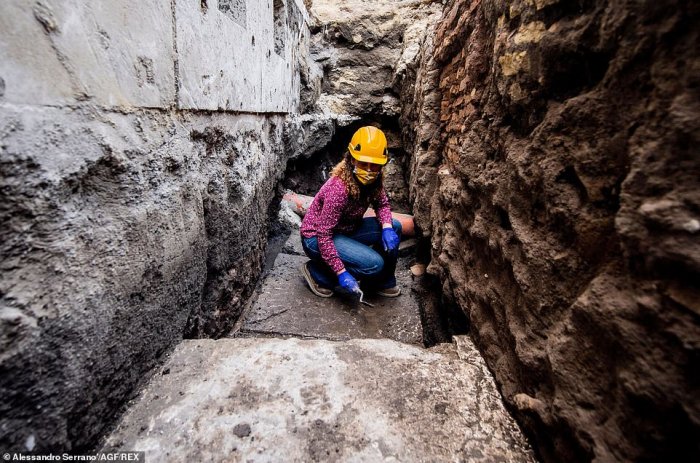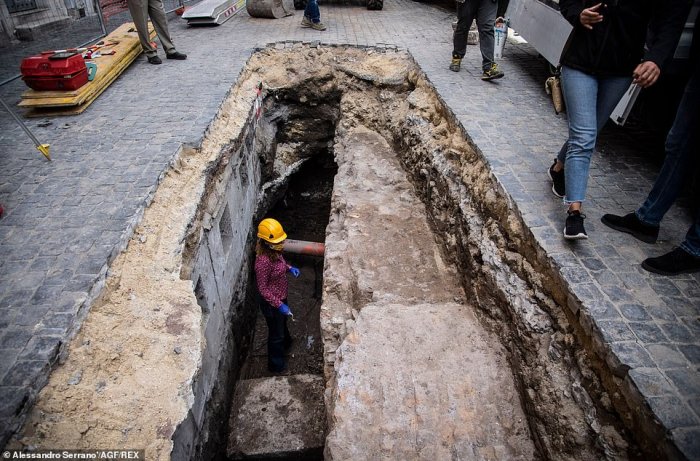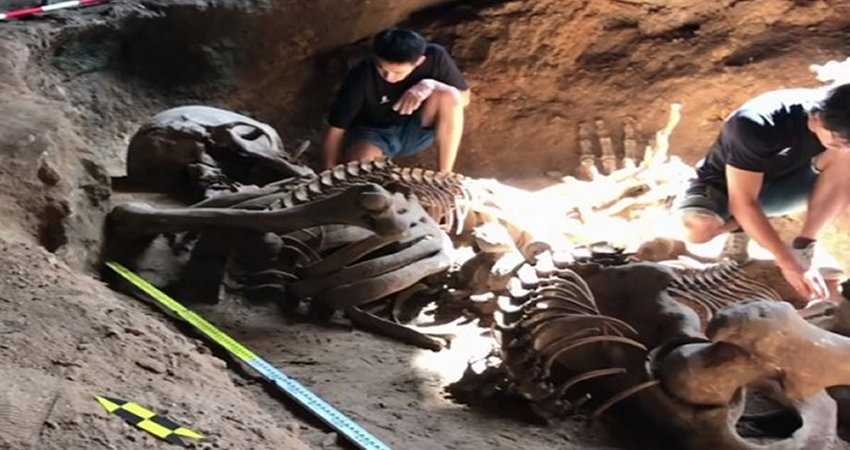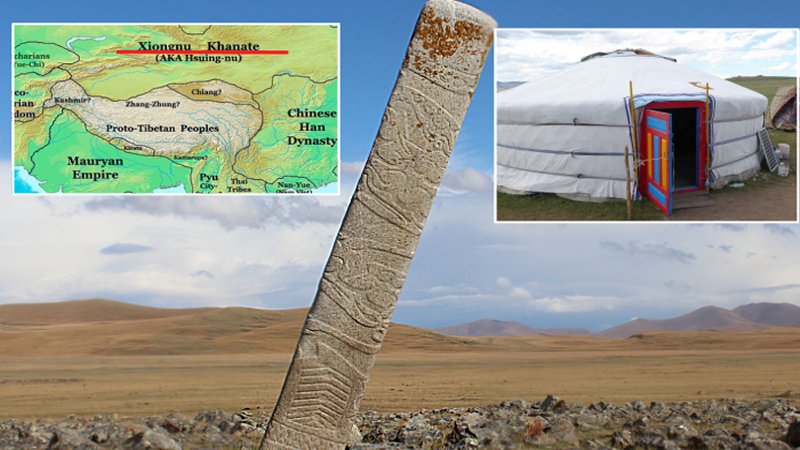Huge Sinkhole In Rome Reveals Ancient Streets Around The Pantheon
Don Wood – MessageToEagle.com – A huge sinkhole opened up unexpectedly in Rome revealing ancient streets around the Pantheon, a former Roman temple, now a Catholic church.
The large gap in the ground is 10 feet long and 8 feet deep. No one was injured at the time and the area has been sealed off to the public.

The appearance of the sinkhole is not a big surprise, because 100 openings have been recorded in Rome in 2019.
In 2018, as many as 175 appeared in Rome.
Rome’s sinkholes are caused by the destabilizing combination of the region’s sandy soil and layers of old ruins that much of the modern city was built atop, which weaken the ground above.

The site of the Pantheon is a treasure drove for discoveries because it was built atop a temple from the time of Augustus in 27BC, which was destroyed in a fire. The Pantheon is also a major tourist attraction.
To reduce the number of sinkholes around the city, which mostly appear in the form of potholes rather than major historical sites, Rome announced an $18.6 million project in 2018.
Interestingly, beneath this sinkhole there was much to explore. The large opening appeared on a street in front of the Pantheon in Rome, revealing several ancient paving stones dating as far back as 27BC.
Most likely, the paving stones below the surface were used in the streets around the Pantheon when it was first built. Later, they were paved over after a series of reconstruction projects in the first century AD.
“The paving stones were unusually well preserved because they were mostly surrounded by pozzolan, a type of dirt with significant amounts of silicon dioxide that absorbs excess moisture and can help prevent rot.

The paving stones themselves were made from travertine, a common building material in ancient Rome used in the Coliseum and many of the city’s triumphal arches, which was easily sourced from quarries outside the city,” Daily Mail reports.
According to geologist Stefania Nisio, the main cause of a sinkhole in the city is the presence of an underground cavity.
These sinkholes damage Italy’s capital, but they also give us the opportunity to explore the ancient world and discover places we never thought existed beneath the ground.
Written by Don Wood – MessageToEagle.com Staff










